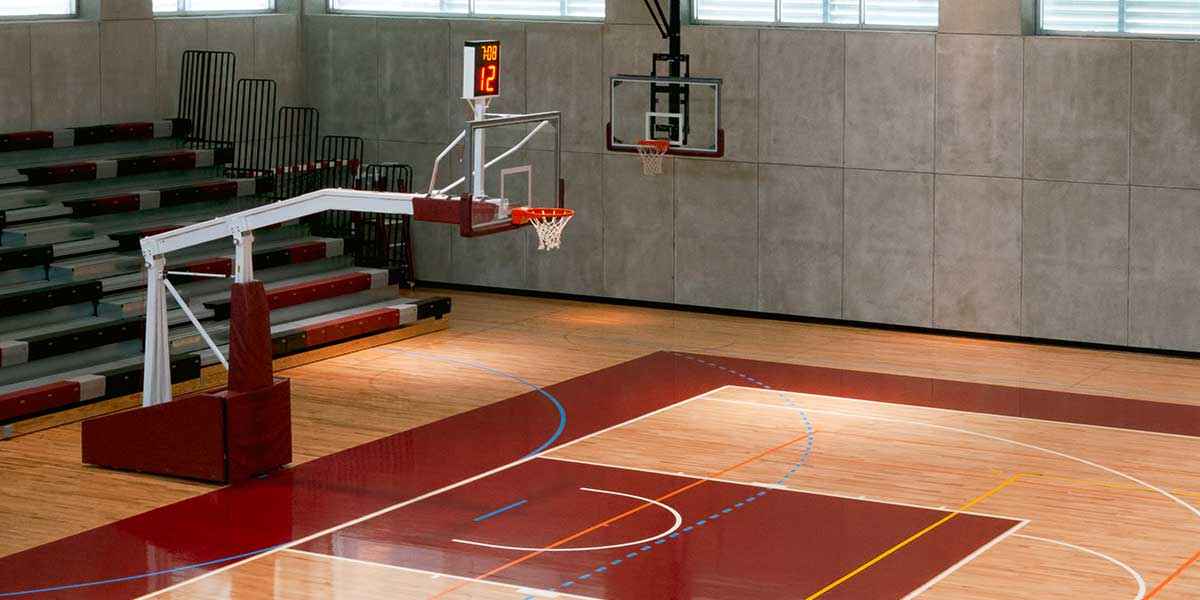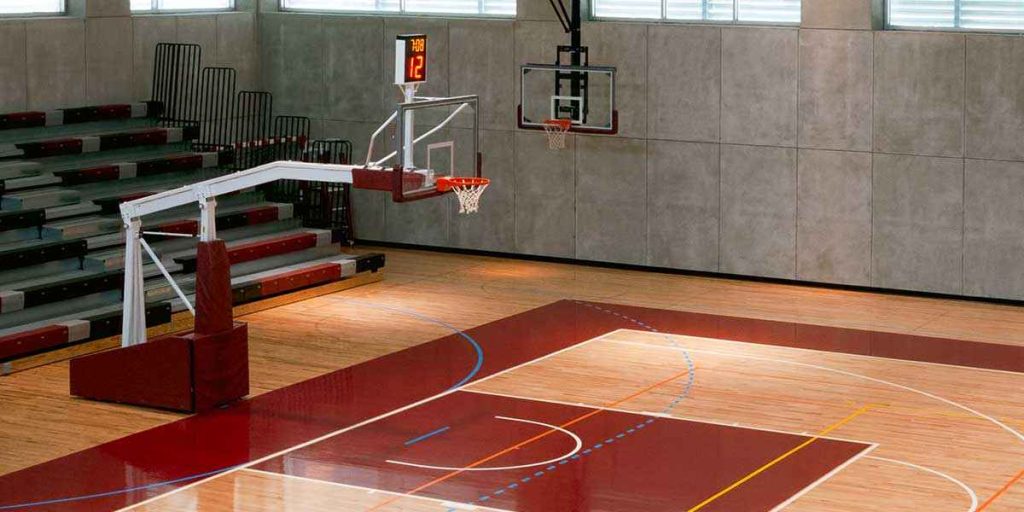What are the Features of Basketball Courts?

Basketball courts are fascinating places. They are those venues where the best action from incredible basketball competitions take place. Besides basketball wagering, the 1xBet platform allows you to get some fantastic kabaddi betting odds, which can help you get better possibilities when wagering on this sport.
Let’s talk about these facilities in more detail. To start off, the standard size of a basketball court for the NBA is 94 feet in length and 50 feet in width, which amounts to roughly 28.65 meters by 15.24 meters if you’re into the metric system. College courts are the same size, but high school courts can be a bit smaller, usually measuring around 84 by 50 feet. This is approximately 25.6 by 15.24 meters.
The court itself is divided into 2 main sections by the mid-court line, and this line is essential for understanding the backcourt violation rule. This basically states that players can’t go back beyond this line after they have advanced past it. There are great betting odds for kabaddi, basketball and other disciplines at the 1xBet platform, where you will always be able to win great rewards.
Then, at each end of the court, you’ve got your basketball hoop standing tall at 10 feet, or about 3.05 meters, from the ground. The backboard to which the hoop is attached is just as crucial – it’s 6 feet wide (about 1.83 meters) and 3.5 feet tall (approximately 1.07 meters).

Other important features of these locations
The paint, or the key, is that colored area extending out from the hoop; it’s 16 feet wide (approximately 4.88 meters) for NBA and college, but only 12 (approximately 3.66 meters) feet wide for high school. Inside the paint, there’s a lot going on. You’ve got the free-throw line, 15 feet (about 4.57 meters) from the backboard, and that semi-circle underneath the hoop, which is the no-charge zone. Any defensive player hanging out here can’t draw a charging foul. They need to be outside the circle to do that. If you like sports with plenty of action you can go to the https://india-1xbet.com/line/kabaddi website today, where the best kabaddi wagers can be made too.
Also Read: Mastering the Art of Poker Match Casino: Strategies for Success in the Ultimate Card Showdown
On the subject of 3-pointers, there is also a line that clearly indicates the area where they can be scored. Its most important features are:
- in the NBA, it’s a whopping 23.75 feet (about 7.24 meters) from the hoop, except in the corners where it shortens to 22 feet (about 6.7 meters);
- college players have things a bit easier with a 22.15-foot (around 6.75 meters) line;
- and high schoolers have it at 19.75 feet (approximately 6.02 meters).
The sidelines and baselines form the court’s boundary. Also, there are some small hash marks located along the sidelines. They correspond to the coaching boxes. Coaches have to stay within these marks to avoid a technical foul. However, it is more than likely that we’ve all seen coaches get pretty animated and stray outside these lines from time to time. Basketball is a sport that comes packed with action and other exciting moments, and the best wagers on its matches can be made at the 1xBet website today.
And, of course, we can’t forget the shot clock. In the NBA, teams have 24 seconds to take a shot, although this resets to 14 seconds if the shot hits the rim. College players get a 30-second shot clock, while high school shot clocks vary but are typically around 30 or 35 seconds. However, it is also worth noting that there are some high school basketball tournaments where no shot clock exists at all.
Also Read: The Impact of Technology on Online Slot Gameplay
To conclude, here we presented a quick tour of a basketball court. From the hardwood to the paint, the 3-point line to the shot clock, there’s a lot more than meets the eye. Whether you’re a player, a coach, or just a fan, understanding the features of the court is key to appreciating the game on a whole new level. So next time you’re watching a game or shooting hoops with friends, take a moment to admire these places which, as discussed, are much more than just a rectangle with lines.


